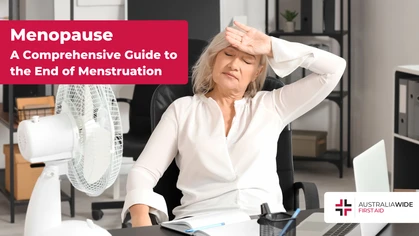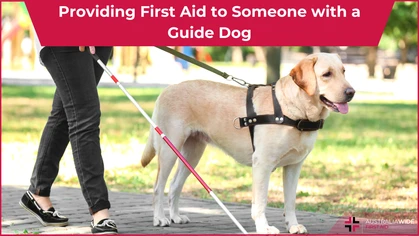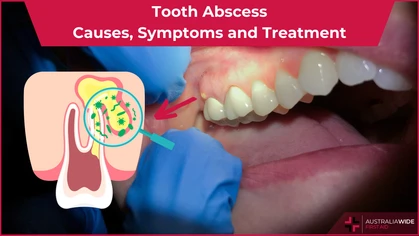80 Best Exercises for Improving Strength

General Health-Related

Many people presume that aerobic exercise is the best type of activity to keep you healthy. However, strength training also plays an important role in cardiovascular and musculoskeletal health. Continue reading for the best exercises to keep you strong.
If you want to improve your body strength, doing exercises that work with various muscle groups is key. Some well-known exercises are squats, lunges, pull-ups, and push-ups. You can do these exercises at home with no equipment necessary or use weights and machines at the gym. In the past, way before our generation, the most important reason for having body strength was to defend oneself against danger or do manual labour. But in today's society, strength has become more of a fancy luxury than a necessity. Even so, being physically strong has a lot of healthy benefits. When our muscles are toned and able to support our joints properly, we are less likely to get hurt. Similarly, having strong muscles can also help improve our posture. This is especially important either for young people or as we age and our bones and joints become weaker. Since nearly half (49.4%) of employed Australians aged 18-64 reported they spend most of their day at work sitting. In this article, we want to focus on the best exercises you can do at home or at the gym to improve your strength.Why Strength is Important for Good Health
A big part of feeling good is having strength. As the saying goes, ‘health is wealth’. This is especially true when it comes to being physically strong. Good health is not only the absence of disease but also feeling good mentally and physically. Think about it. Have you ever felt run down, sluggish, or just plain exhausted? It's not a pleasant feeling. Now imagine how you feel when you're strong and have the energy to spare. Can you see the difference? Strength doesn't just give you physical power, it also boosts your mental well-being, overall bone health and blood circulation (including heart health). When you're strong, you feel more confident and capable and you can take on whatever life throws at you with ease.Exercises to Improve Strength at Home
These bodyweight exercises can be done at home with no equipment necessary. All you need is a little bit of space to move around in and some determination! Perform each exercise for 3 sets of 10-12 repetitions, or until fatigue sets in. Take a 60-90 second break between sets.8 Bodyweight Exercises for Beginners
- Running
- Arm circles
- Standard push-ups
- Planks
- Squats
- Lunges
- Shoulder bridges
- Burpees
- Step-ups
8 Full Body Exercises to do at Home
- Inchworm
- Tuck jump
- Bear crawls
- Mountain climber
- Plyometric push-up
- Stair climb with bicep curls
- Prone walkout
- Plank to push-up
11 Legs Bodyweight Exercises to do at Home
- Wall sit
- Clock lunge
- Lunge to row
- Pistol squat
- Lunge jump
- Curtsy lunge
- Single-leg deadlift
- Squat reach and jump
- Chair pose squat
- Quadruped leg lift
- Calf raise
7 Chest and Back Bodyweight Exercises to do at Home
- Dolphin push-up
- Contralateral limb raise
- Donkey kick
- Handstand push-up
- Judo push-up
- Reverse fly
- Superman exercise
12 Core Bodyweight Exercises to do at Home
- L seat
- Rotational push-up
- Flutter kick
- Dynamic prone plank
- Side plank
- Russian twist
- Bicycle exercise
- Crunch
- Segmental rotation
- Single-leg abdominal press
- Double-leg abdominal press
- Sprinter situp
Exercises to Improve Strength at the Gym
If you have access to a gym, there are advanced exercises you can do to improve your strength. These exercises require basic equipment that every gym should have Perform each exercise for 3 sets of 6-10 repetitions, or until fatigue sets in. Take a 60-90 second break between sets.16 Upper-body Exercises for Improving Strength at the Gym
- Overhead presses
- Trap bar deadlifts
- Pullups and chinups
- Bent-over barbell rows
- Seated cable rows
- Hanging leg raises
- Machine chest press
- Dumbbell bench presses
- Single-arm dumbbell rows
- Dumbbell biceps curls
- Kettlebell swings
- Face pulls
- Lat pulldowns
- Farmer’s walks
- Bear-stance shoulder taps
- Chest fly
11 Lower Body Exercises for Improving Strength at the Gym
- Leg press
- Leg press heel raises
- 4-Way hip
- Seated calf raises
- Quad extensions
- Hamstring curls
- Dumbbell squat
- Bulgarian split squat
- Lateral lunge (or side lunge)
- Standing calf raise on an elevated surface
- Step-ups
7 Core Exercises for Improving Strength at the Gym
The core exercises at the gym are similar to the ones mentioned in the home section. The only difference is that you will have access to weights and other equipment as your fitness improves! Here are a few examples of gym equipment you can use to improve your core strength:- Treadmill workout (jogging)
- Abdominal bench
- Hyperextension bench
- Weighted sit-ups
- Russian twists with a medicine ball
- Cable crunches
- Planks with added weight
4 Tips for Improving Strength Safely and Effectively
No matter which exercises you choose, there are a few things to keep in mind to make sure you're doing them safely and effectively: Use proper form: This is important for preventing injuries and getting the most out of each exercise. Make sure you know how to do each exercise correctly before adding weight or increasing the intensity. Warm up: Always warm up for 5-10 minutes before starting your strength-training routine. This will help prepare your muscles and joints for the exercises ahead. Progress slowly: Don't try to do too much too soon. Start with exercises that are relatively easy and gradually increase the intensity as you get stronger. Cool down: Just as important as warming up, cooling down helps your body recover from the workout and reduces the risk of injuries. Do some easy exercises or stretches for 5-10 minutes after completing your routine.What are the Benefits of Being Physically Strong?
There are many benefits to being physically strong, including:- Improved muscle tone and reduced risk of injuries.
- Increased bone density and reduced risk of osteoporosis.
- Improved joint function and reduced risk of arthritis.
- Improved cardiovascular health and reduced risk of heart disease.
- Improved mental health, including increased mood and reduced risk of depression.
- Improved metabolism and reduced risk of obesity.
- Reduced stress levels and improved sleep quality.
- Improved posture and reduced risk of back pain.
How Often Should Exercises be Performed to Maintain Strength?
Exercisers who are new to strength training or may have been sedentary for a long period may need to start with just once a week and gradually increase the frequency as they get stronger. It is important to give the muscles time to recover between workouts, so people should not exercise the same muscle group two days in a row. However, to see continued improvements in strength, it is recommended that exercisers perform strength exercises three to five times a week.Final Words
Now that you know the importance of strength training and the many benefits it offers, it's time to get started. The exercises provided in this article are a great place to start but don't be afraid to try new ones as your fitness level improves. And remember, always use proper form when lifting weights or performing any other strength-training exercises. If you're looking for top-quality first aid training that will prepare you to handle any emergency while exercising, look no further. Our programs are designed by experts and cater to everyone, from beginners to experienced professionals. We offer a variety of courses that cover everything from basic first aid to childcare first aid, so you can be confident that you know what to do in any situation. We hope you enjoy getting stronger and healthier with each passing day!
Originally published at
https://www.australiawidefirstaid.com.au/resources/80-best-exercises-for-improving-strength
as part of the Australia Wide First Aid Articles Library









